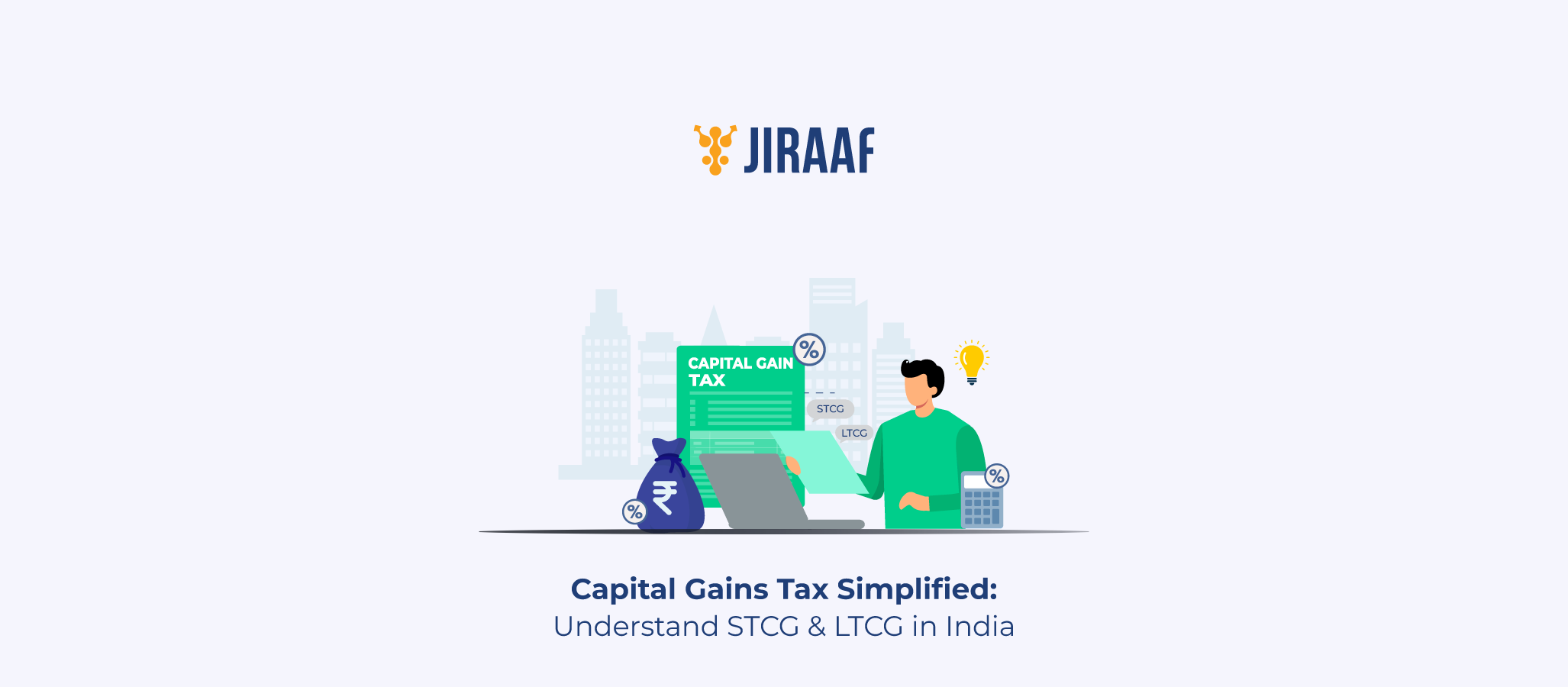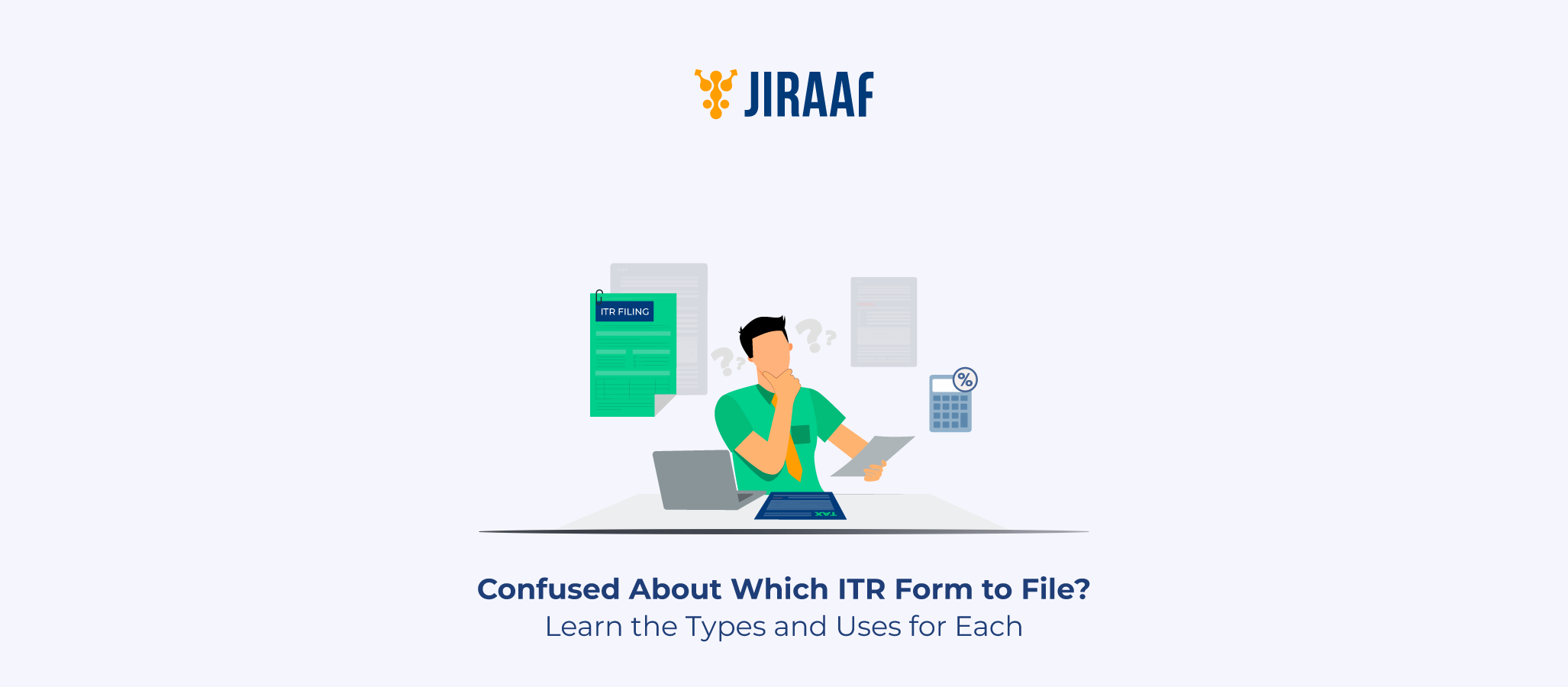Purchasing a house without a home loan is almost impossible for most, if not all, (middle-class) homebuyers. Some even think it is a good idea to buy a house on loan rather than tying up all (or most of) their savings in it. But a home loan is a long-term financial commitment, one that can become a burden if not handled wisely.
Fortunately, the Indian Income Tax Act offers substantial relief on home loan repayments—helping reduce your effective cost while you build equity. From principal repayment to interest claims and special first-time buyer incentives, this guide decodes how to legally minimize your tax burden on a home loan in FY 2025–26.
Income Tax Benefits on Home Loan—Overview
Three sections are key to home loan tax savings:
- Section 80C: Deduction on principal repayment
- Section 24(b): Interest deduction
- Sections 80EE & 80EEA: Additional interest deduction for first-time buyers
Combined wisely, these can dramatically reduce your taxable income. Let’s dive deeper.
Section 80C—Deduction on Principal Repayment
Principal paid on home loans qualifies up to ₹1.5 lakh per year under Section 80C. This limit is shared with other investments (PPF, ELSS, insurance premiums).
Key points
- Only actual principal repaid counts—not ongoing EMI interest.
- The loan must be taken for acquiring, constructing, or renovating a residential property.
- Construction must be completed within five years of the end of the financial year in which the loan was taken.
Section 24(b)—Deduction on Interest Paid
Interest paid during the year on home loans is claimable up to ₹2 lakh per year for a self-occupied property.
If the house is let out or deemed to be so (unoccupied), there’s no cap—but the loss under income from house property is limited to ₹2 lakh per year; the rest carries forward.
Important considerations:
- Combined principal + interest should not exceed total EMI.
- The completed home vs under-construction timeline affects eligibility.
Section 80EE & 80EEA—Additional Interest Benefits for First-Time Buyers
If you’re a first-time homebuyer, extra relief may apply:
- Section 80EE: For loans sanctioned between April 1, 2016, and March 31, 2017, interest up to ₹50,000 yearly if:
- Loan sanctioned by a financial institution,
- Loan amount ≤ ₹35 lakh, and
- Property value ≤ ₹50 lakh.
- Section 80EEA: Extended to loans between FY2019–20 and 2025–26 (extended to FY 2025–26), allowing an additional ₹1.5 lakh deduction if:
- You/your spouse don’t own a residential house (anywhere) on the loan sanction date.
- Loan amount ≤ ₹45 lakh, and
- Property value ≤ ₹60 lakh.
Note: Section 80EEA was available only for loans sanctioned up to March 31, 2022. There has been no official extension for loans sanctioned in FY 2025–26 as of June 2025. Please verify any further government notifications for applicability in FY 2025–26. If you already claimed the deduction in earlier years, you may continue if your loan was sanctioned within the eligible window.
You can claim both 80EE and 80EEA as long as you meet the eligibility criteria—they stack with Section 24(b).
Tax Benefits Under Old vs New Tax Regime
| Feature | Old Regime | New Regime (115BAC) |
| Section 80C | ₹1.5L | Not Applicable |
| Section 24(b) | ₹2L | Not Applicable |
| 80EE/80EEA | Applicable | Not Applicable |
| Standard deduction | ₹50K | Moderate slabs |
If you claim home loan benefits, the old regime is usually much more tax-friendly—especially for salaried individuals with substantial investment outflows.
Example: How Much Tax You Can Save on a ₹40 Lakh Home Loan
Suppose you take a ₹40 lakh loan at 8% annual interest for 20 years.
In Year 1
- Interest paid ~₹3.12 lakh (first year heavy on interest)
- Principal repaid ~₹68,000
Tax benefit (Old Regime)
- Interest: ₹3 lakh under Section 24(b) (limit increased from ₹2 lakh to ₹3 lakh for FY 2025–26)
- Principal: ₹68,000 under Section 80C
- Total deductions = ₹3.68 lakh
Assuming ₹12 lakh income,
- Old regime taxable income post-deductions ~₹8.32 lakh
- Tax saved on interest = ₹93,600 (if in the 30% top slab; ₹3,12,000 × 30%)
- Tax saved on principal = ₹20,400 (if in the 30% slab; ₹68,000 × 30%)
- Total tax saved = ₹1,14,000 (approx., if all deductions are fully utilized in the 30% slab)
Under new regime
- No deductions → full taxable income, no savings
Result: Clear advantage for the old regime
If eligible, 80EEA (for older loans sanctioned up to March 31, 2022) adds another ₹1.5 lakh deduction, saving even more.
Let’s see this clearly through the table below.
| Deduction | Section | FY 2025–26 Maximum Limit | Notes |
| Principal Repayment | 80C | ₹1.5 lakh | Shared with other 80C investments |
| Interest (Self-occupied) | 24(b) | ₹3 lakh | Increased from ₹2 lakh to ₹3 lakh |
| Interest (Let-out) | 24(b) | No limit (set-off max ₹2L) | Excess carried forward |
| First-time Buyer | 80EE | ₹50,000 | Loans sanctioned FY16–17 |
| First-time Buyer | 80EEA | ₹1.5 lakh | Not available for loans after Mar 2022 |
How to Claim These Benefits While Filing Income Tax
Documents Required
- Loan repayment statement with interest and principal breakdown.
- Mortgage interest certificate from the lender.
- Purchase agreement and construction proof, date sheet.
- Home ownership proof (allotment, occupancy certificate).
Filing Steps
- Under ‘Deductions under Chapter VI-A’ in your ITR:
- 80C section: include principal repaid.
- 80EE/80EEA section: include additional interest relief.
- Under ‘Income from House Property’:
- Specify interest paid (capped at ₹2 lakh unless let out/deemed let out).
- Ensure correct loan details in ITR (property address, loan start date).
Download receipts/statements early—banks typically provide them April–May.
Final Thoughts
A home loan is more than just monthly EMIs—it’s also a powerful tool for tax savings. If you’re a first-time buyer, additional deductions (80EE/80EEA) further enhance your benefits. Choosing the old tax regime along with diligent record-keeping helps you maximize savings consistently. Your home isn’t just an asset; it’s also an opportunity to optimize tax, build equity, and grow smarter.
FAQs
How can a home loan save your income tax?
By claiming principal repayment (80C), interest up to ₹2 lakh (24b), and additional interest under 80EE/80EEA, you can reduce your taxable income, increasing savings across slabs.
Is a home loan under 80C or 80D?
Home loan principal repayment is claimed under Section 80C, not 80D (medical insurance). Interest is claimed separately under Section 24(b).
How can I save 100% income tax?
While full exemption is unlikely, you can minimize tax by combining home loan deductions with other investment avenues—80C, 80D, NPS, HRA, etc.—especially if your taxable income is near or below exemption limits.
Can I claim HRA and home loan both?
No—not usually for the same property. Claim HRA if you rent, and home loan deduction if you’ve bought or own property. You can’t claim both for the same address.
Which tax regime is better?
If claiming home loan benefits or other deductions (80C, HRA, etc.), the old regime with ₹1.5 lakh deductions is usually more beneficial. Compare both to confirm.
How to claim stamp duty exemption?
Unfortunately, there’s no direct income tax deduction for stamp duty. You can claim it under Section 80C if you finance it through a loan.
Discover fixed income investments with Jiraaf, a SEBI registered online bonds platform that educates and brings access to a wide array of bonds. Sign up today to explore diversified fixed income investment opportunities to support your goal-based wealth creation journey. Start investing!



